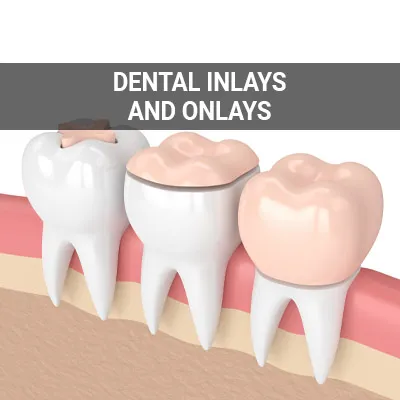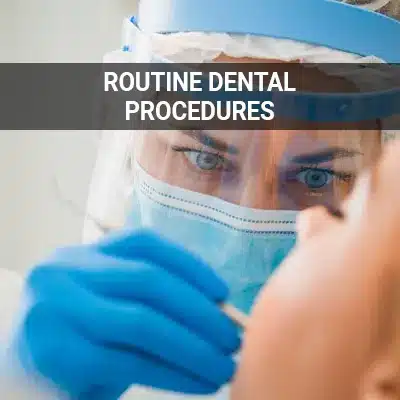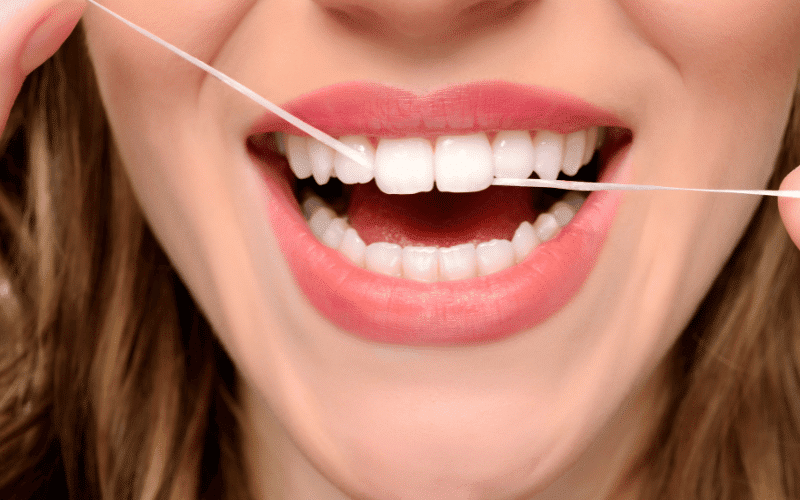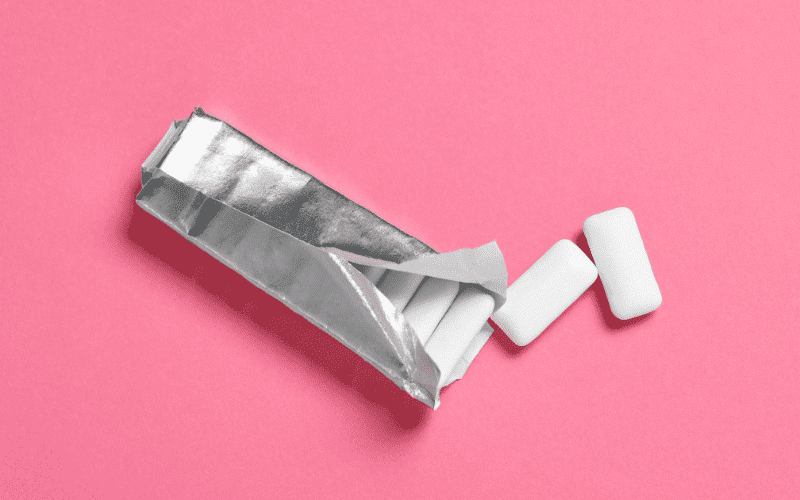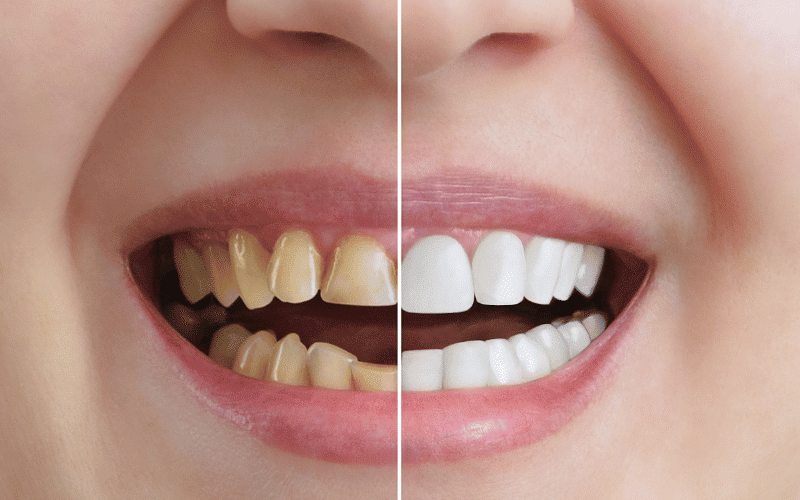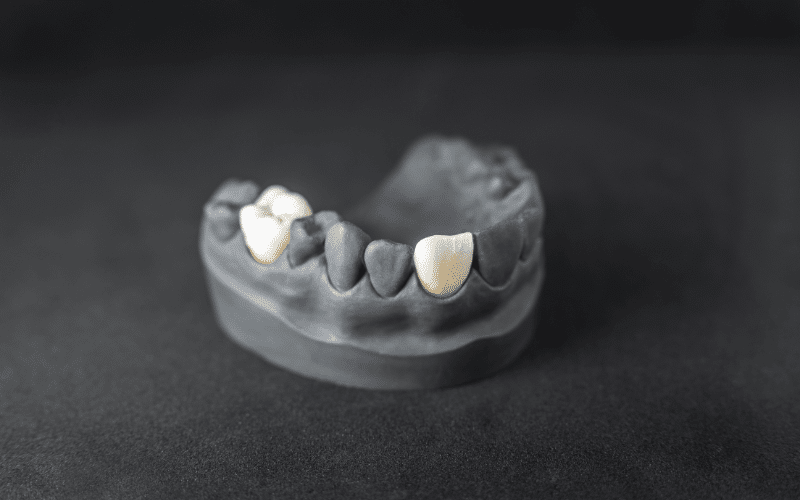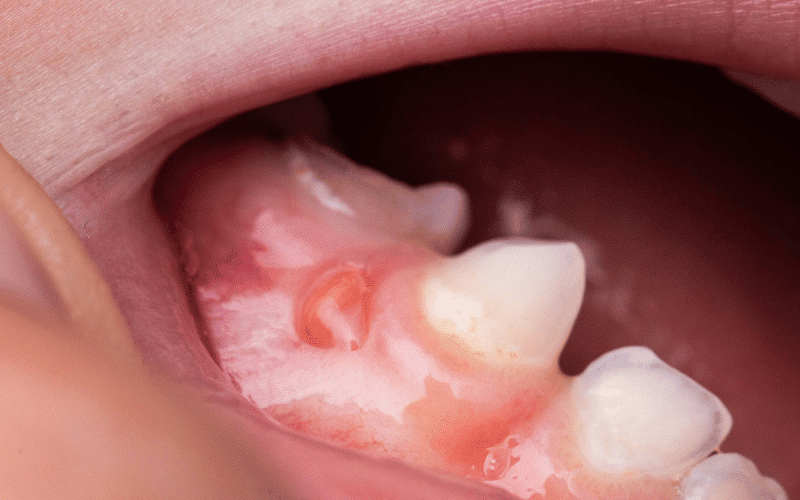
Dental Crowns and Dental Bridges Glendale AZ
One of the most common dental treatments involves fixing tooth decay. The first line of defense against a cavity is a filling. However, deeper decay may require more extensive repair. In such cases, dentists may rely on a dental crown treatment or a dental cap.
Dental crown treatment is available at Singh Smile Care - Dentist Glendale, AZ, and the surrounding area. Crowns help restore a tooth that has significant damage with a custom-sized cap that fits over the old tooth. We provide dental crowns and restorations for our patients. For broken, damaged, or decaying teeth, crowns may be the right solution. Call us at (623) 400-6009 to get your teeth problems checked out today.

Dental Crowns Explained
Dentists can work with their dental lab and the patient to create custom-fitting dental crowns that may restore a tooth’s shape and size to near perfect
How Dental Bridges Work with Dental Crowns
The dentist must reshape the two abutment teeth to secure the dental bridge.
Why Patients Get a Dental Crown
Crowns also help prevent tooth loss that could lead to additional oral health problems and more expensive dental work.
Receiving a Dental Crown Step-by-Step
It may take a few appointments for a patient to receive a crown. In many cases, the dental crown procedure is part of another dental treatment plan, such as a root canal. Here is the step-by-step process for getting a dental crown:
- Before the Crown. The dentist treats any problems before starting the dental crown creation process. Any infections or cavities must be addressed or filled. Sometimes, an old crown needs replacement. In this case, the dentist will remove the remnants first.
- Preparation. Next, the dentist must prepare the tooth for the crown. The dentist or another member of our team will shave down the tooth to make room for the crown. Then, the dental staff makes a series of impressions to send to the lab. Some patients receive a temporary crown at the end of this appointment.
- Crown Delivery. Once the crown is ready for delivery, the patient must return to the office for placement. First, the dentist tries on the crown to make sure it feels and looks right in the mouth. If it fits correctly, the dentist uses dental cement to glue it in place permanently.
In many cases, the dental crown procedure is part of another dental treatment plan, such as a root canal.
Questions Answered on This Page
Q. What are dental crowns used for?
Q. How do dental bridges work with dental crowns?
Q. Why should I get a dental crown?
Q. What is it like to go through the process of receiving a dental crown?
People Also Ask
What To Expect After Receiving CEREC Care
In order to ensure tooth restorations fit well and function properly, regular care and maintenance are required. Patients should avoid chewy, sticky, and hard foods for up to two days after receiving a CEREC restoration to allow the cement to harden. Teeth may feel sensitive for as many as two weeks afterward, but pain medication may ease this discomfort.
Regular, twice-daily brushing and flossing is the best way to ensure the longevity of any restoration, as well as existing teeth. Crowns and other dental restorations can last for several years with proper care and bi-annual checkups. We recommend patients inform their providers as soon as they notice any changes or concerns with their restoration, no matter how small.
Regular, twice-daily brushing and flossing is the best way to ensure the longevity of any restoration, as well as existing teeth.



